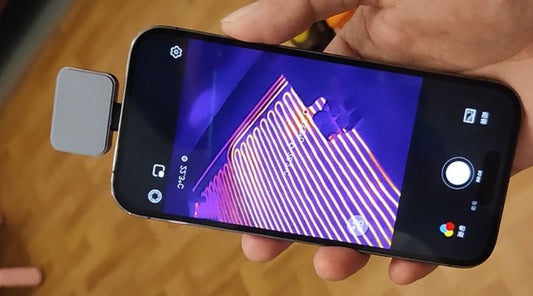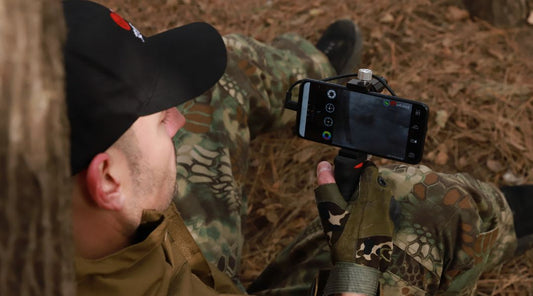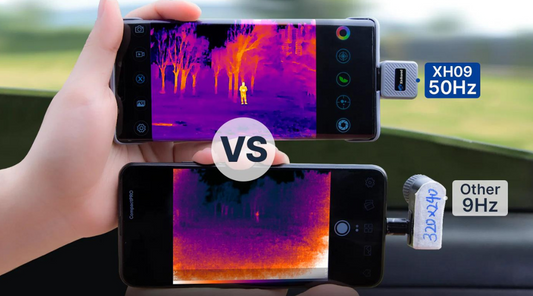How is thermal imaging changing home inspections?
Ensuring the structural integrity and security of a house is a crucial challenge faced by homeowners. Thermal imaging has become a game changer for house checks.
How to Make Understanding Thermal Imaging
In essence, thermography refers to the detection of temperature changes in an object or surface with a special camera. The cameras are fitted with an IR sensor that picks up heat from an object and converts that to a visual image of the temperature difference. Compared with conventional testing, thermal imaging can detect hidden problems that might not be obvious to the naked eye.
Thermal imaging is done by allocating the colors to the various regions of the body, with the hotter regions showing the lighter colors and the colder regions becoming the darker ones. This ability allows the inspector to identify the abnormality, which is a valuable tool for a full house check.

Thermal Imaging Application in Home Inspection
Identifying Energy Inefficiencies of the Environment
Thermal imaging plays a critical role in evaluating a home's energy efficiency. Through the detection of heat loss or gain, the inspector will be able to determine the possible absence of insulation, non-closed windows, and doors, or the HVAC system that is operating over time. This insight enables owners to make targeted changes that reduce power and utility costs.
Water Leaks and Detecting Moisture
The destruction of water can be devastating to a house, and it usually remains undetected before it becomes a serious problem. Thermal imaging can detect the accumulation of moisture and leakage from the back of the wall or the roof. Not only does early detection avoid structural damage, but it also contributes to reducing the risk of mold growing and protecting people's health.

Potential Fire Hazards: Locating Electrical Issues
Defective wiring and electric problems are a major hazard to the owners. Thermal imaging can detect areas of overheating of the electric parts, indicating possible dangers. This active method enables owners to resolve electric problems before they become safe and thus minimize the chance of an electric fire.
Performance Issues of Inspecting HVAC Systems
The HVAC (HVAC) system is essential to keep the house comfortable. Thermal imaging allows an examiner to evaluate HVAC system performance by detecting problems like clogged pipes, faulty parts, or insufficient airflow. Not only does this guarantee optimum comfort, but it also increases the lifetime of such costly systems.

The Advantage of Home Inspection with Thermal Imaging
There are many advantages to integrating thermal imaging into household checks. First, it improves the precision and effectiveness of the system by enabling the inspectors to detect problems that might otherwise have been overlooked by conventional approaches. Moreover, heat checks are noninvasive, which means that there is no need to bore holes or tear down the walls to reveal the hidden issues. Not only does this save time, but it also lowers the cost of invasive checks.
Furthermore, the precautionary character of thermographic imaging may result in significant long-term cost savings. Recognizing and dealing with possible problems at an early stage allows owners to avoid costly repairs and extend the lifetime of parts of their houses.
FAQs about Thermal Imaging in Home Inspection
- Is thermal imaging safe for homes?
- Yes, thermography is non-invasive and safe for households and residents.
- How often should I have a thermal inspection?
- It's recommended that a temperature check be carried out every year, especially before extreme weather conditions.
Thermography is a revolutionary tool for house testing, which helps owners keep their homes safe, efficient, and long-lasting. Regardless of how inefficient the power is, whether it is to discover the potential for leakage, or to avoid electric risks, it is essential to have a complete house check.




